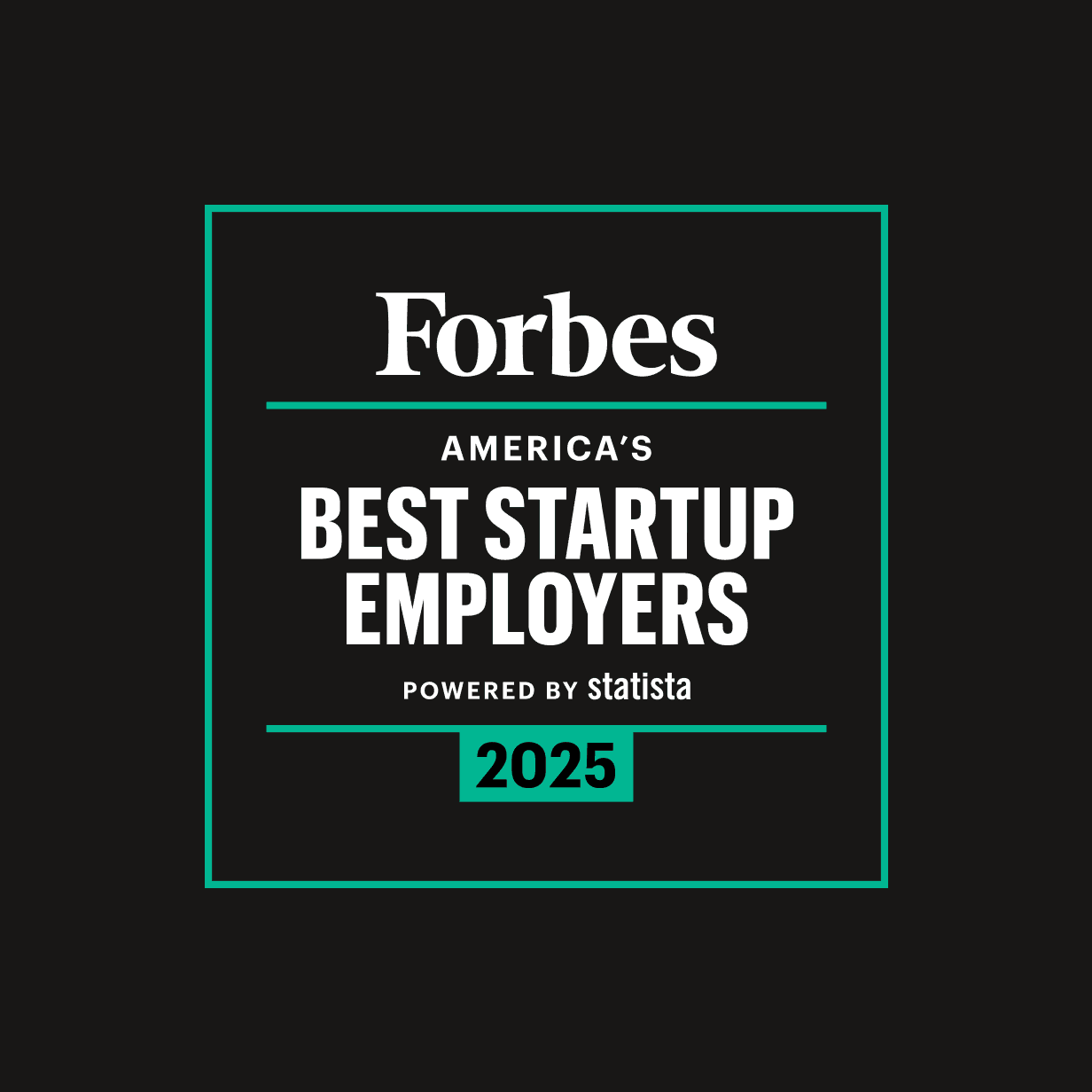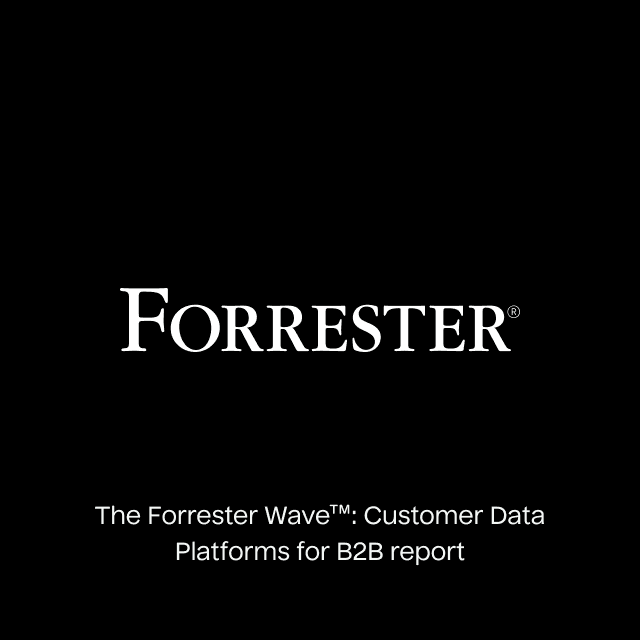TikTok is currently one of the hottest social media platforms on the planet. With over 1 billion monthly active users, there's a huge opportunity for advertisers across the world to reach their target audiences through TikTok Ads. And thanks to the technological advancements pioneered by early social media platforms, TikTok has started out of the gate on the right foot, offering advertisers plenty of targeting, and optimization features that enable marketers to efficiently spend at scale within the platform.
To tap into the full value of these machine learning-driven features, marketers must be able to get key data from down-funnel interactions (such as add-to-cart events) back to TikTok to create an end-to-end conversion loop that unlocks far more effective reporting, attribution, audience building, and campaign optimization.
This post will cover each of the integration options available today so that you can better understand how to stand up a best-in-class TikTok integration for your business.
The TikTok Pixel
One of the easiest ways to start sending conversions to TikTok is implementing the TikTok Pixel. The pixel is a small piece of code that, once placed on your website, allows you to share website events such as conversions back to the platform.
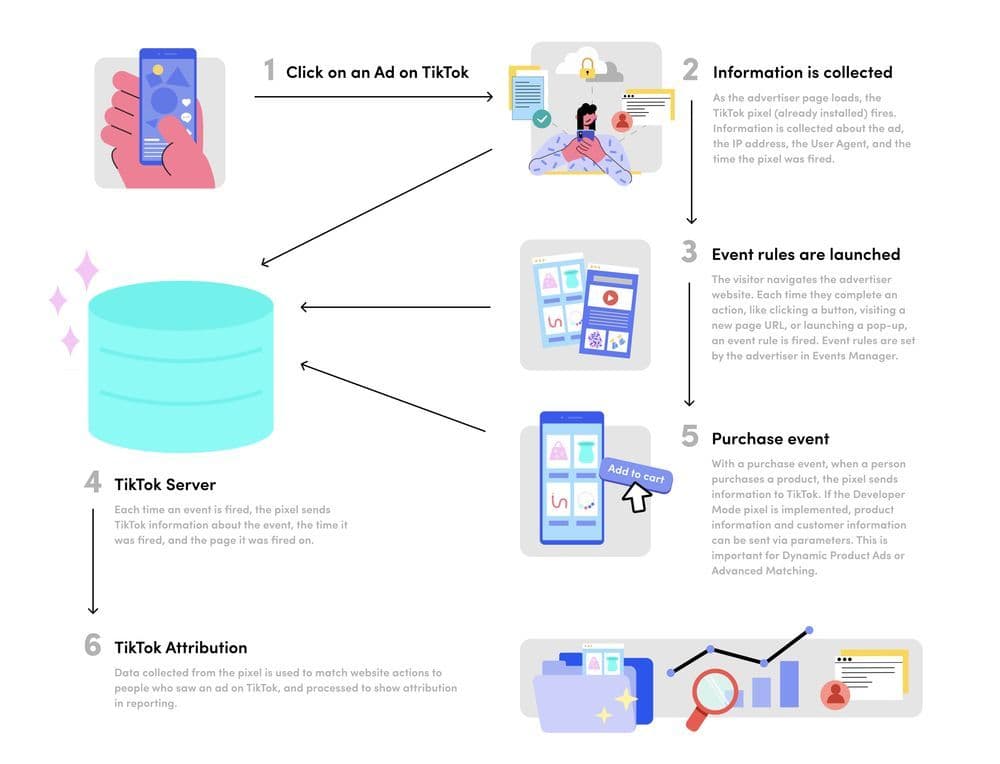
While implementing the pixel code may be a quick way to get user behavior signals back to the social platforms, doing so comes with a few disadvantages.
The Ultimate Guide to Paid Media Integrations
Read our whitepaper to learn why conversion APIs are replacing 3rd-party cookies.


Driving Up Match Rates with Advanced Matching
The first major disadvantage of pixel-based conversion integrations is that pixels don’t fully capture the complex, multi-session, multi-device user purchase journeys of the 21st century. While they’re great for understanding single-session, single-device purchase journeys, they need additional enriched user data beyond IP address and user agent to accurately match to user profiles and stitch together cross-device interactions and user activity.
To address the attribution gap caused by multi-device user journeys, TikTok developed their Advanced Matching feature, which allows businesses to send first-party user identifiers along with the pixel events. These enriched signals then allow TikTok to better match website events with people on TikTok.
With these enriched signals, TikTok can match more conversions on your website to people on the platform, build better target audiences, and more efficiently optimize advertising campaigns for potential customers.
While extremely valuable, Advanced Matching can require a bit more technical resources to implement manually. To do so, your data team needs to provide the user identifiers in the data layer for the pixel to read from and attach to future conversion events. Even for organizations with the resources available to implement this, the code usually requires ongoing updates as site experiences change.
To help make advanced matching implementation easier, TikTok has released Automatic Advanced Matching. Automatic Advanced Matching is when advertisers instruct TikTok to automatically identify form fields on pages where Pixel is installed, and to hash and collect email and phone numbers entered on those pages for measurement, optimization and targeting of your campaigns. With this option, the pixel will scan your website for recognizable form fields containing customer information, like email and phone, which is then captured securely and safely via an industry-standard hashing algorithm (SHA-256).
Mitigating Signal Loss with The TikTok Events API
The second and more prominent issue with pixels is that there is a high likelihood of events being blocked entirely thanks to ad-blockers and web browsers blocking third-party pixels. These issues will only become more prevalent in the years to come; ad platforms needed an alternative solution.
The TikTok Events API gives you the ability to send conversion signals to ad platforms directly from your business applications. It can be used in replacement of or alongside the pixel thanks to its newly released event deduplication feature. This server-side solution eliminates the data loss caused by ads blockers and other browser restrictions and offers a more flexible solution to send events to advertising platforms.

Perhaps the biggest benefit of the TikTok Events API however, is the ability it gives you to enrich your conversion events with first-party user identifiers—directly from your existing business applications. Leveraging a Data Activation platform like Hightouch, marketing teams can quickly and easily enrich any of their conversion signals with user identifiers directly from their existing data warehouse, hash the data, and send automatic syncs to any of their desired advertising destinations. Doing so maximizes match rates and unlocks the full potential of TikTok's machine learning features.
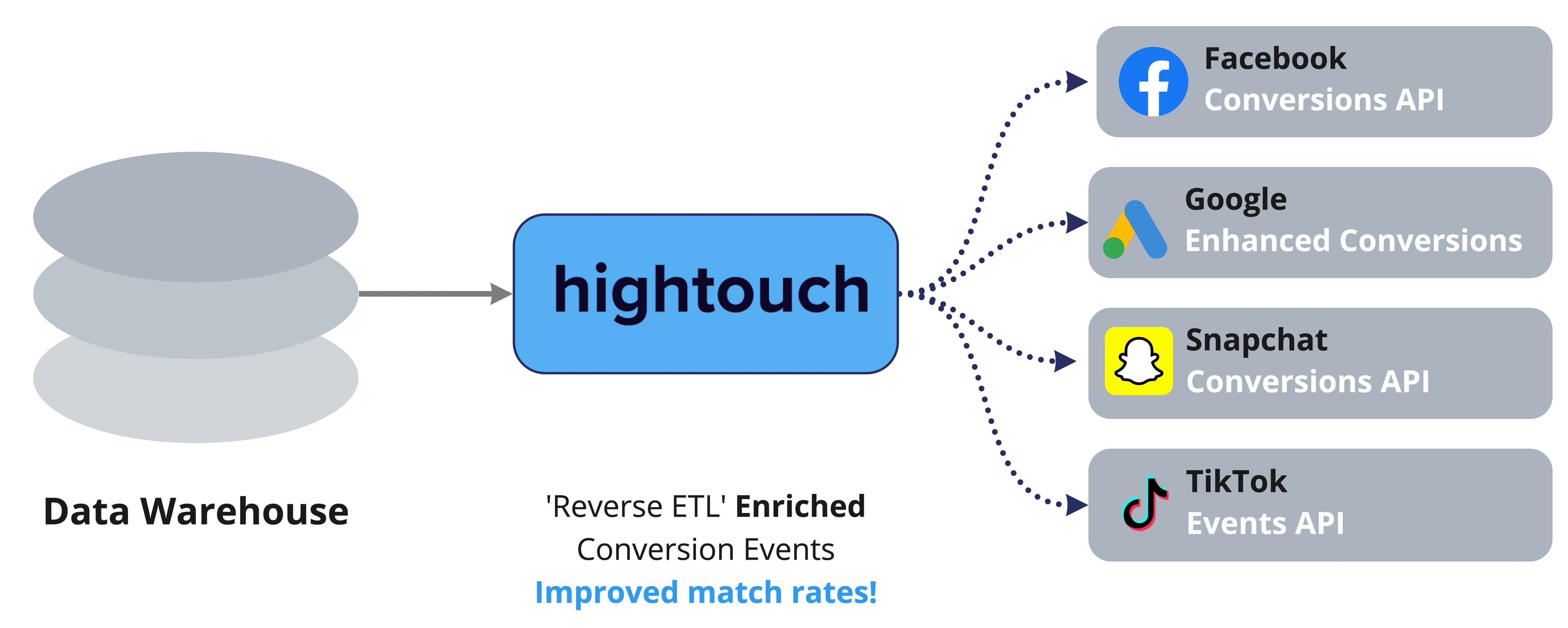
If you’re interested in building and managing custom audiences centrally, Hightouch additionally offers a no-code audience builder that syncs audience lists to any supported business application for retargeting or lookalike audience efforts. This means you can manage custom audience and conversion syncs for all your marketing platforms in one central place, without needing data resources to build and manage duplicate scripts or pipelines. Instructions on how to get started with the TikTok Hightouch destination can be found here.
“Thanks to Hightouch, I no longer have to wake up on Saturdays and Sundays to upload manual CSV files. With Hightouch, we can trust that the same data that lives in our internal reports is the same data that is getting passed to our ad platforms.”
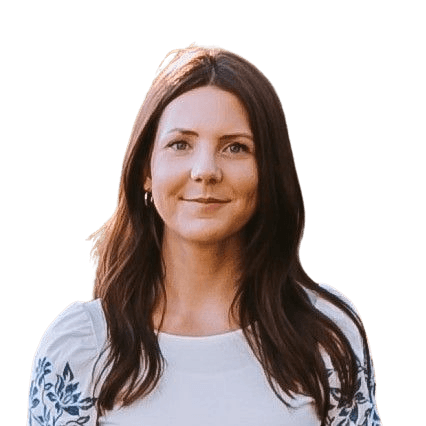
Mallory Reese-Bagley
Senior Marketing Operations Manager
Final Thoughts
TikTok and other AdTech platforms need conversion feedback loops to fully understand complex user journeys and unlock the value of their machine learning-driven optimization and targeting features.
While pixels have historically been the best and easiest solution, without enhanced features like advanced matching and events APIs, it’s very difficult to overcome the challenges created by both current and future browser restrictions.
Data Activation platforms like Hightouch offer a seamless integration solution with these APIs to ensure you can continue to drive maximum value across every marketing channel.
The Ultimate Guide to Paid Media Integrations
Read our whitepaper and learn why conversion APIs are replacing 3rd-party cookies.
- The death of third-party cookies
- Leveraging conversion signals to boost ROAS
- Sending conversions events to ad platforms










